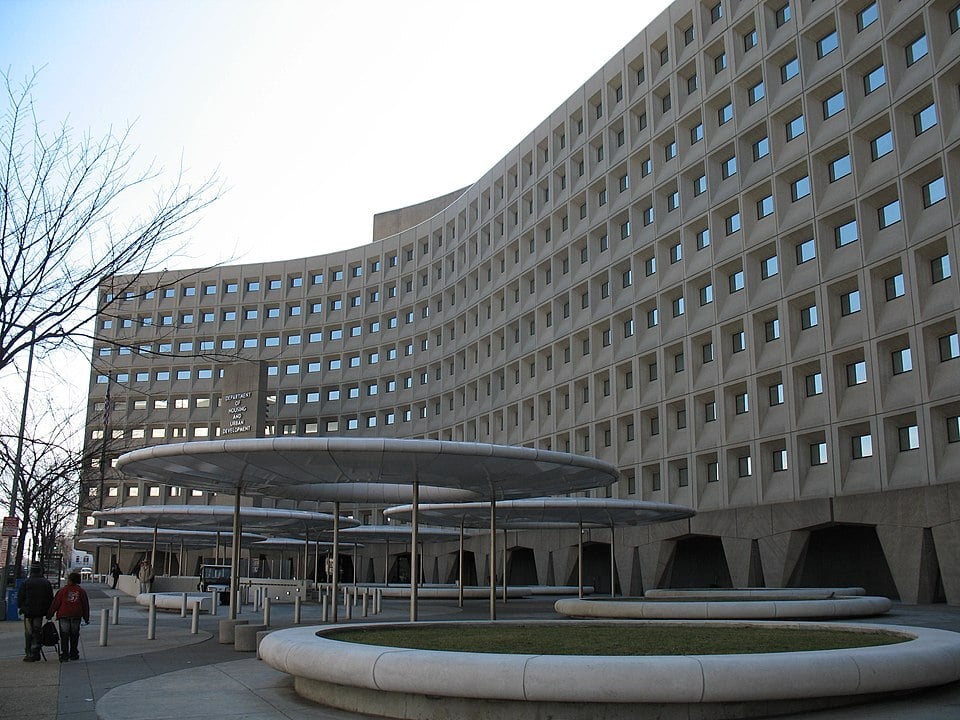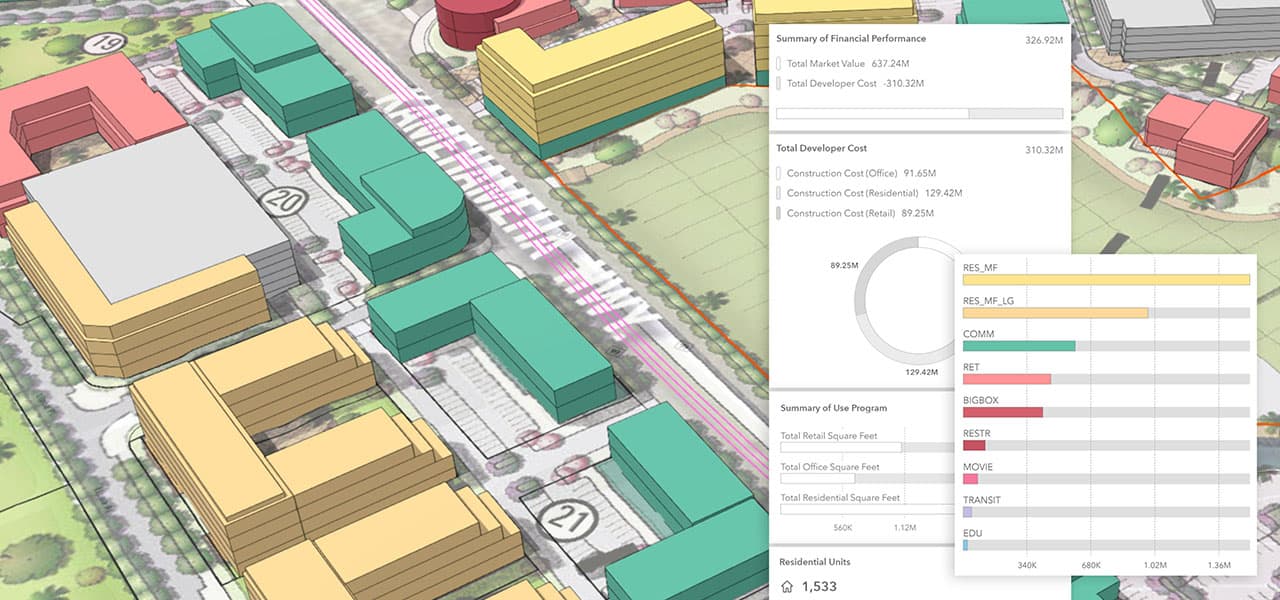
The world of urban planning is undergoing rapid changes because of technology. Using modern software tools is now crucial for examining, showing, and carrying out effective city planning strategies. The U.S. Bureau of Labor Statistics predicts that urban and regional planners’ jobs will grow by 4% from 2022 to 2032, which is about the same as the average for all professions. As cities develop and go digital, planners should make sure they have digital skills.
Today, mastering key digital tools is a core requirement in the urban planning profession. If you’re interested in urban planning software courses or the best software for urban planning, this article points out the top software courses for urban planners available in the USA. The courses are made to correspond with urban planning syllabi, teaching both skills you can apply and concepts.
If you are a student, a mid-career professional, or moving from architecture, these urban planner courses are made to improve your impact on designing sustainable and livable cities.
List of 5 Best Software Courses For Urban Planners in the USA
The table below shows top 5 courses with mode of learning, key softwares, and duration
|
Course Name |
Institution/Platform |
Key Software Covered |
Mode |
Duration |
|
BIM Course For Civil Engineers & Urban Planners |
Novatr |
BIM, Revit, Rhino, Enscape |
Online |
7 month |
|
AutoCAD for Urban Planners |
Coursera(Autodesk via LinkedIn Learning) |
AutoCAD |
Online |
4–6 Weeks |
|
GIS for Urban & Regional Planning |
Harvard University (Extension School) |
ArcGIS, QGIS |
Online |
12 Weeks |
|
3D Urban Design & Visualization |
Pratt Institute |
Rhino, SketchUp, Lumion |
In-person (New York) |
10 Weeks |
|
Urban Planning & Smart City Tech Certificate |
MIT xPRO |
Data Analysis, IoT, City Planning Software |
Online |
10 Weeks |
1. BIM Course For Civil Engineers & Urban Planners By Novatr
Fees - $2500
Duration - 7 months
Novatr offers one of the most tailored software courses for urban planners, focusing on BIM (Building Information Modeling) and 3D visualization tools that are transforming how infrastructure is designed and communicated. This course goes beyond theory, offering hands-on practice in Revit, Navisworks, and Civil 3d, helping urban planners visualize streetscapes, transport systems, and community layouts with greater accuracy.
The curriculum bridges the gap between urban planning course syllabus topics and real-world applications, making it ideal for professionals seeking a competitive edge in urban planning and design software.
Key Highlights:
- Ideal for both urban and rural planning applications
- Learn 8+ BIM Software, including Revit & Navisworks.
- Get Certifications from Novatr, Autodesk & NSDC.
- Includes mentorship by industry professionals
- 100% online with flexible scheduling
Who is this Course Best for:
Urban planners or civil engineers looking to integrate 3D urban planning software into their workflow.
2. AutoCAD for Urban Planners – Coursera

AutoCAD by Coursera is one of best Urban planning course available online. AutoCAD is one of the most widely used drafting software in city planning. This short course offered via Coursera and LinkedIn Learning is tailored to spatial designers and planners.
You'll learn how to draft zoning diagrams, master plans, and infrastructure layouts, a core part of many urban planning short courses. AutoCAD is often a staple in both urban and rural planning courses, and mastering it is essential for technical communication.
Who is this Course Best for:
Beginners urban planners who want a quick-start to learn AutoCAD online.
Also Read - How To Become An Urban Planner in USA
3. GIS for Urban & Regional Planning – Harvard Extension

Harvard’s online certificate in GIS for urban and regional planning is designed for professionals looking to specialize in data-driven decision-making. This course teaches ArcGIS and QGIS, the two most-used tools in urban planning & design software ecosystems.
Students will work on real case studies involving land use planning, environmental impact assessment, and transport modeling.
Who is this Course Best for:
Professionals looking to combine geospatial analysis with policy and planning decisions.
4. 3D Urban Design & Visualization – Pratt Institute

This in-person course in New York is for urban planners and designers looking to enhance their 3D modeling and visualization skills. It covers Rhino, SketchUp, and Lumion, enabling planners to create realistic cityscapes and development proposals.
The hands-on studio approach reflects a typical urban planning course syllabus in graduate design programs.
Who is this Course Best for:
Visual thinkers and designers who want to present plans in 3D formats with photorealistic results.
Prepare For a City Planner Interview, with our most-asked interview questions & answers!
5. Urban Planning & Smart City Tech Certificate – MIT xPRO

Smart cities require smart planners. This urban planning and design course from MIT xPRO integrates planning concepts with cutting-edge technologies like IoT, big data, and spatial simulation tools.
You'll explore how digital infrastructure interacts with urban policy, transport, and sustainability. While not solely focused on traditional drafting tools, this course is ideal for planners working on tech-forward urban ecosystems.
Who is this Course Best for:
Mid to senior-level planners looking to work on smart cities or urban tech innovation projects.
Why You Should Choose Novatr?
- Trusted by Thousands: Join 6,000+ BIM learners from over 45 countries who have successfully graduated from Novatr.
- Expert-Driven Curriculum: Designed through the analysis of 1,000+ job descriptions and rigorously vetted by 200+ global BIM experts.
- Globally Recognized Certifications: Earn certifications from both Autodesk and Novatr, showcasing your verified expertise.
- Proven Career Impact: Learners report an average salary hike of 48% after course completion.
- Loved by BIM Learners: We have 4.6+ average rating across platforms like Google and Trustpilot.
Conclusion
Urban planning is a dynamic and future-ready profession offering a meaningful way to shape smarter, more sustainable cities. For those exploring how to become an urban planner, the journey begins with the right urban planning degree, followed by continuous skill development and industry exposure. Whether you're just starting out or considering becoming an urban planner later in your career, the field welcomes individuals who are visionary, adaptable, and collaborative.
To grow your expertise and stay competitive, advanced programs like the BIM Professional Course for Civil Engineers by Novatr provide next-gen tools to amplify your role in urban development.
Check out our resource page for expert advice, industry insights, and practical steps to build a solid foundation in urban planning and make a lasting impact on the places we call home.
Frequently Asked Questions:
1. How much does an urban planner make?
Urban planner salary varies according to experience and location. Junior-level planners make a salary of $55,000 per annum, while senior planners can make more than $100,000. Salaries do differ from one country to another, with different demands in India and countries in the Middle East.
2. How do I become an urban planner?
To become an urban planner, it is required to have a relevant urban planning degree, either a Bachelor's or a Master's. Also required is practical experience, analytical skills in urban development to be successful in either the public or private sector.
3. Can a civil engineer become an urban planner?
Yes, civil engineers can meet urban planner education requirements by earning a specialised urban planning degree. Their technical background supports learning spatial planning, policy, and sustainable development to transition into planning roles.
4. What degree do you need to be an urban planner?
In order to be an urban planner, a degree in urban planning, e.g., urban studies, geography, or regional planning, is needed. The degrees equip the applicants with careers in land use, infrastructure, and environmental planning fields.
5. What does an urban and regional planner do?
Urban planners develop growth plans for cities and towns. They deal with zoning, transportation, and designing public spaces to ensure sustainable growth, working alongside government agencies and private organizations.
Was this content helpful to you



.jpg)






.jpg)
